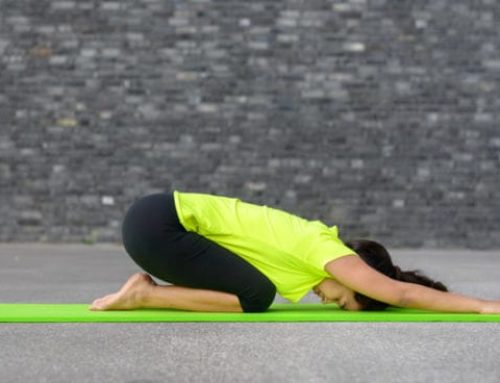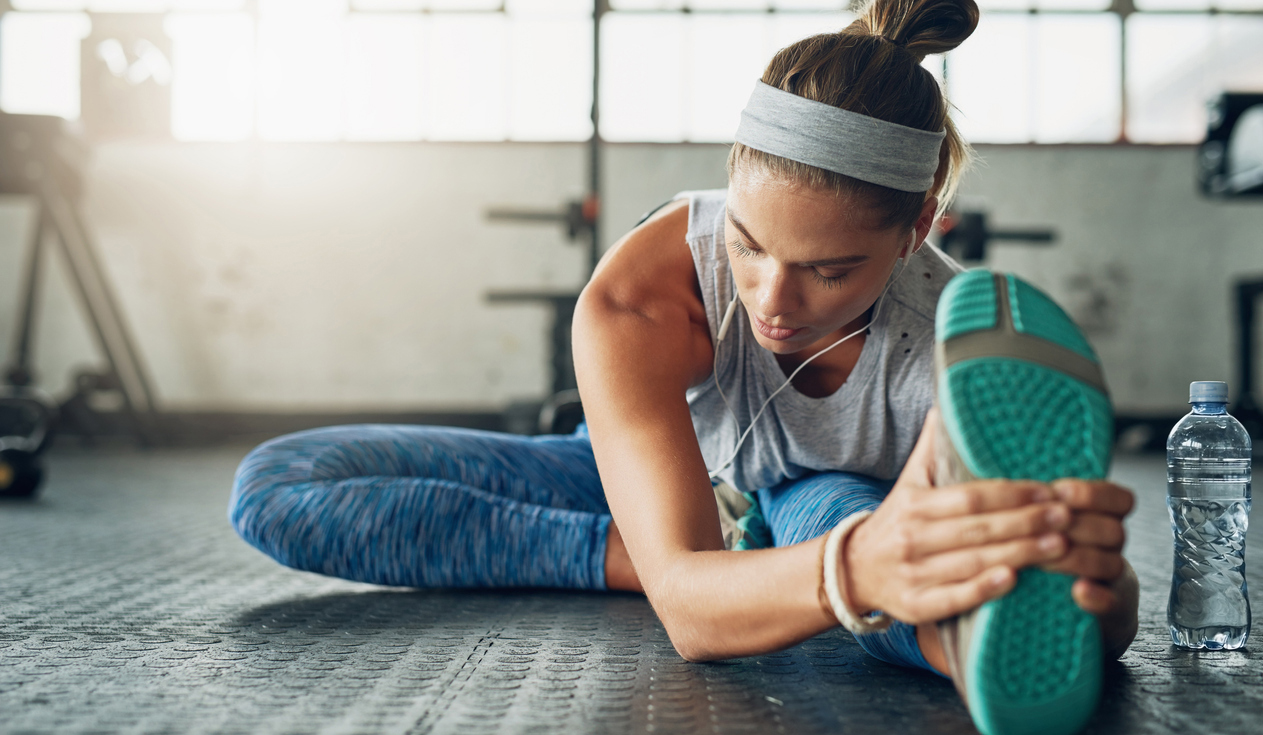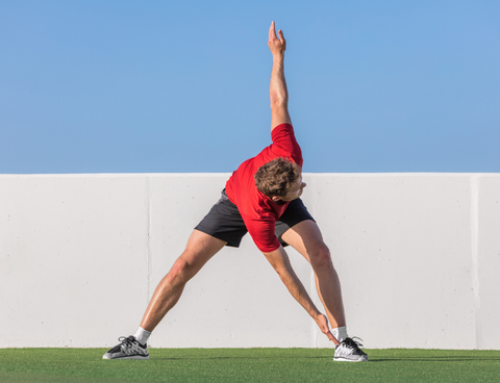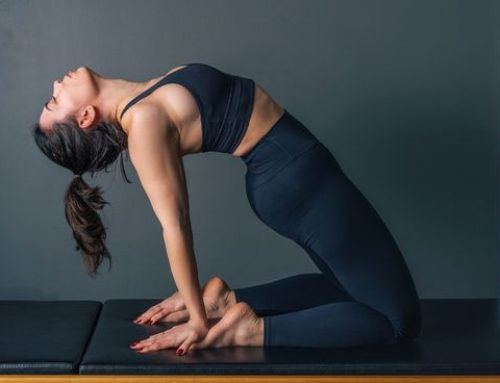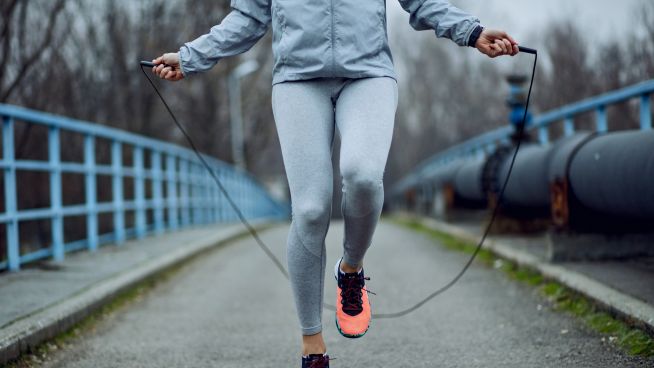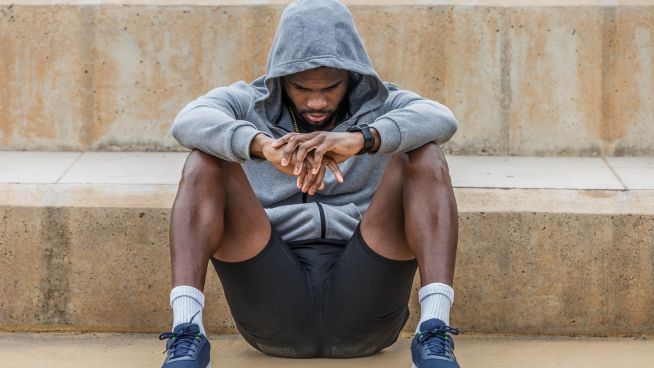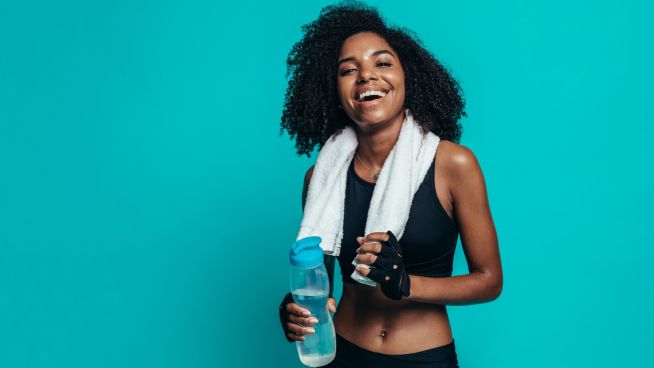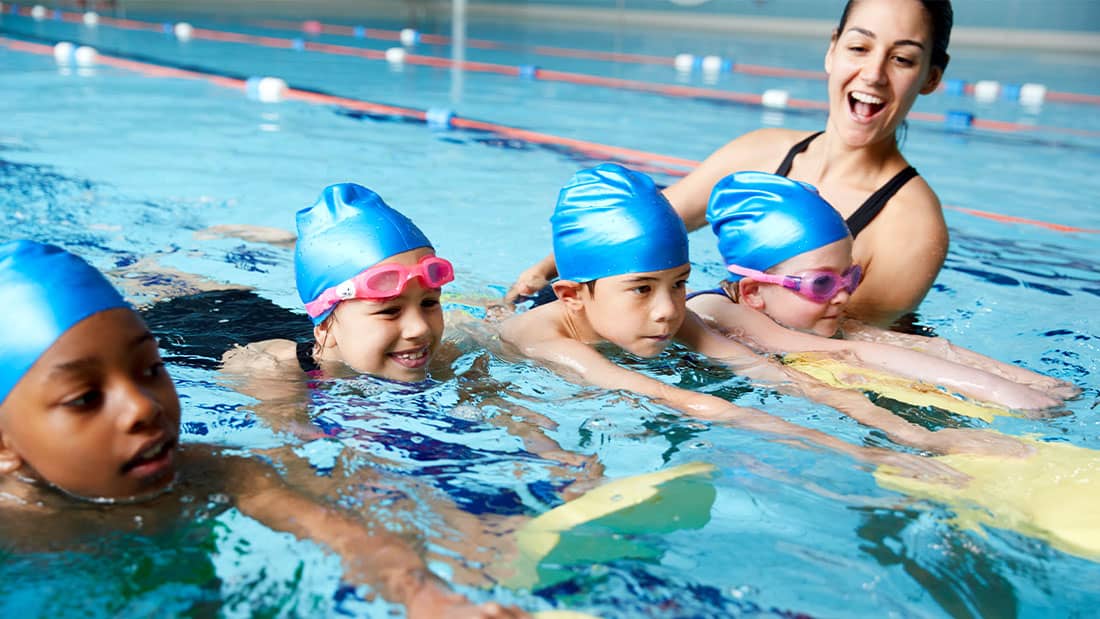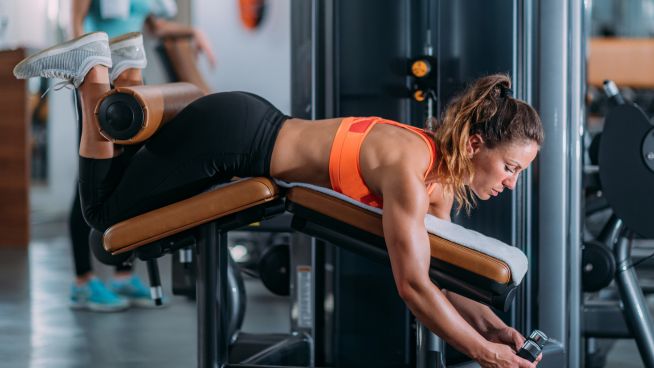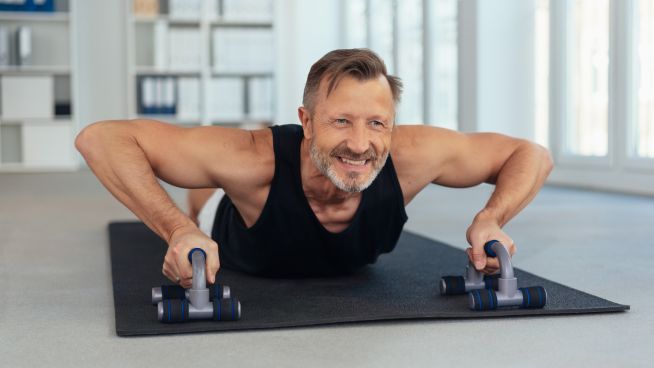Flexibility Fridays: Improve Core Flexibility With Yoga

Every Friday during the month of February, Dana Santas, founder and director of Radius Yoga Conditioning (RYC), who has worked with more than 18 teams across the NBA, MLB, NFL, NHL and MLS, will guide you on how to improve your flexibility and improve your performance with yoga.
Improving core strength is at the top of nearly every athlete’s priority list—and rightfully so. The core provides the foundation for all of your athletic movements. But too often athletes focus only on strengthening their core, when time should also be spent on improving core mobility. You shouldn’t discount the importance of stretching your core muscles, particularly as a way to close out your workout.
You probably already know that stretching after working out can reduce muscle soreness, but the benefits go beyond this. Stretching increases muscle length, improves range of motion and balances your body mechanics so you’re able to move without restriction. So, after a tough workout with weights, stability ball or isometric exercises (such as the yoga-inspired Segmented Plank), don’t forget to stretch out your core!
Performing two sets of Cobra and Child’s Pose provides a great stretch for the low back and abdominal muscles, counterbalancing your core exercises. As a bonus, these poses also stretch your pecs and shoulders to improve your overall mobility.
If you want your stretches to be effective, you need to be aware and involved when performing the poses. The best way to do this is by engaging the muscle opposite the one being stretched (called “reciprocal inhibition”). For example, when you stretch out your low back, you should engage your abdominals. Your brain sends a signal telling the muscle that’s being stretched to relax.
Child’s Pose
After your core workout, go to all fours with your back flat, or neutral. Connect with your breath—after all, this is yoga! On an exhalation, press your hips back and sit on your heels as you reach your arms out in front of you, keeping them shoulder-distance apart, and press your forehead toward the floor. Use reciprocal inhibition by engaging your low abdominals to actively signal a release in your low back. Take three long, deep breaths while focusing on lengthening your low back.
Cobra
On your fourth inhalation, look forward, press down through your palms and pull your body forward and down onto your belly. Align your palms with your middle ribs and keep your elbows in; then exhale. Inhale as you lift your chest, pressing down through your hands as if you were trying to slide your entire body through your arms to activate your abdominal stretch. Maintain a slight bend in your elbows. As you take three full breaths, feel the spread across your collar bones and draw your shoulder blades down your back to feel length in your neck. Keep your head and neck in line with the arc of your spine, and do not drop your head back.
On your third exhalation in Cobra, imagine someone grabs your tailbone and pulls you straight back into Child’s Pose, with your hips returning towards your heels, arms reaching in front and forehead to the mat. Perform another set of both postures.
Photo: italiansoccerseriea.com
Dana Santas, E-RYT, ACSM-cPT, is the founder and director of Radius Yoga Conditioning (RYC), an international yoga training and consulting business offering customized sport- and athlete-specific yoga programs. Specializing in serving pro athletes, Santas has worked with more than 18 teams across the NBA, MLB, NFL, NHL and MLS. RYC is accessible to athletes, coaches and teams through numerous formats, including Skype/Facetime sessions and customized team training. Her work has been featured in Sports Illustrated, on MLB.com, the NHL Network, Fox Sports, WebMD, CNNRadio and elsewhere. For more information, visit radiusyoga.com.
RECOMMENDED FOR YOU
MOST POPULAR
Flexibility Fridays: Improve Core Flexibility With Yoga

Every Friday during the month of February, Dana Santas, founder and director of Radius Yoga Conditioning (RYC), who has worked with more than 18 teams across the NBA, MLB, NFL, NHL and MLS, will guide you on how to improve your flexibility and improve your performance with yoga.
Improving core strength is at the top of nearly every athlete’s priority list—and rightfully so. The core provides the foundation for all of your athletic movements. But too often athletes focus only on strengthening their core, when time should also be spent on improving core mobility. You shouldn’t discount the importance of stretching your core muscles, particularly as a way to close out your workout.
You probably already know that stretching after working out can reduce muscle soreness, but the benefits go beyond this. Stretching increases muscle length, improves range of motion and balances your body mechanics so you’re able to move without restriction. So, after a tough workout with weights, stability ball or isometric exercises (such as the yoga-inspired Segmented Plank), don’t forget to stretch out your core!
Performing two sets of Cobra and Child’s Pose provides a great stretch for the low back and abdominal muscles, counterbalancing your core exercises. As a bonus, these poses also stretch your pecs and shoulders to improve your overall mobility.
If you want your stretches to be effective, you need to be aware and involved when performing the poses. The best way to do this is by engaging the muscle opposite the one being stretched (called “reciprocal inhibition”). For example, when you stretch out your low back, you should engage your abdominals. Your brain sends a signal telling the muscle that’s being stretched to relax.
Child’s Pose
After your core workout, go to all fours with your back flat, or neutral. Connect with your breath—after all, this is yoga! On an exhalation, press your hips back and sit on your heels as you reach your arms out in front of you, keeping them shoulder-distance apart, and press your forehead toward the floor. Use reciprocal inhibition by engaging your low abdominals to actively signal a release in your low back. Take three long, deep breaths while focusing on lengthening your low back.
Cobra
On your fourth inhalation, look forward, press down through your palms and pull your body forward and down onto your belly. Align your palms with your middle ribs and keep your elbows in; then exhale. Inhale as you lift your chest, pressing down through your hands as if you were trying to slide your entire body through your arms to activate your abdominal stretch. Maintain a slight bend in your elbows. As you take three full breaths, feel the spread across your collar bones and draw your shoulder blades down your back to feel length in your neck. Keep your head and neck in line with the arc of your spine, and do not drop your head back.
On your third exhalation in Cobra, imagine someone grabs your tailbone and pulls you straight back into Child’s Pose, with your hips returning towards your heels, arms reaching in front and forehead to the mat. Perform another set of both postures.
Photo: italiansoccerseriea.com
Dana Santas, E-RYT, ACSM-cPT, is the founder and director of Radius Yoga Conditioning (RYC), an international yoga training and consulting business offering customized sport- and athlete-specific yoga programs. Specializing in serving pro athletes, Santas has worked with more than 18 teams across the NBA, MLB, NFL, NHL and MLS. RYC is accessible to athletes, coaches and teams through numerous formats, including Skype/Facetime sessions and customized team training. Her work has been featured in Sports Illustrated, on MLB.com, the NHL Network, Fox Sports, WebMD, CNNRadio and elsewhere. For more information, visit radiusyoga.com.


